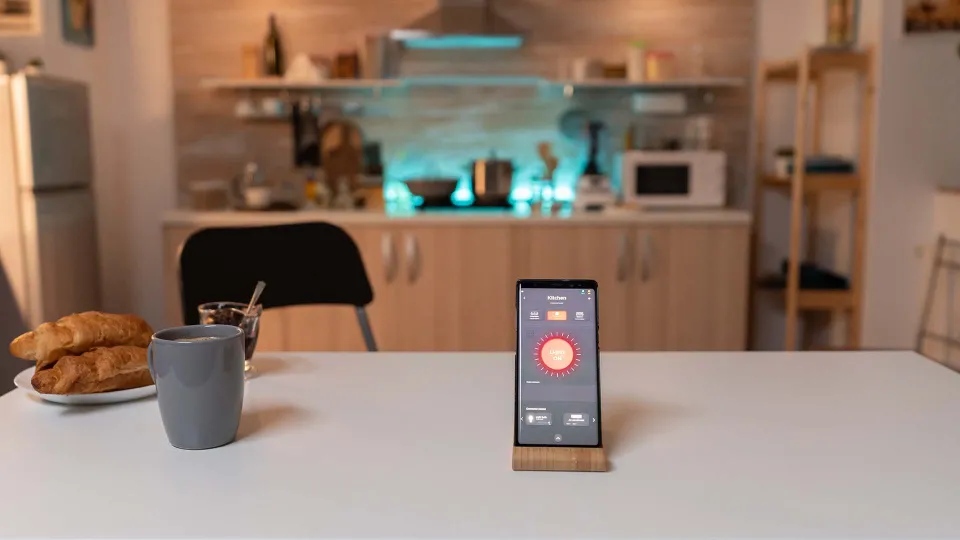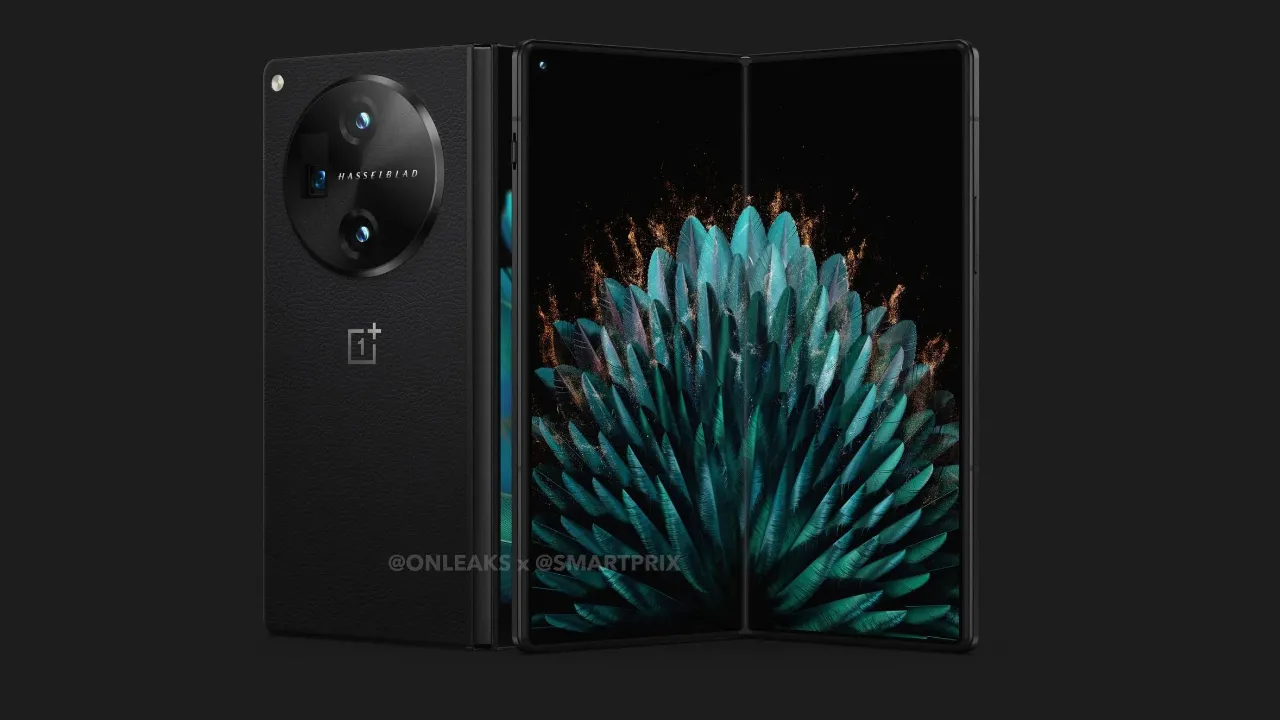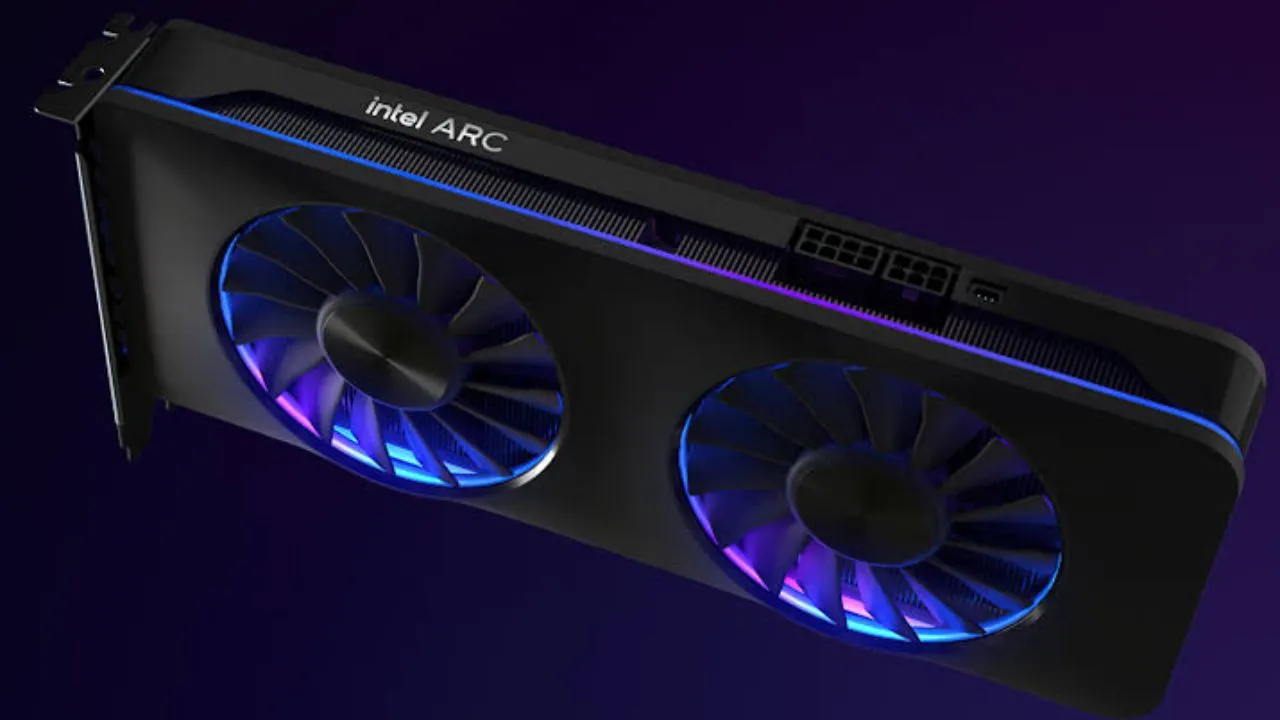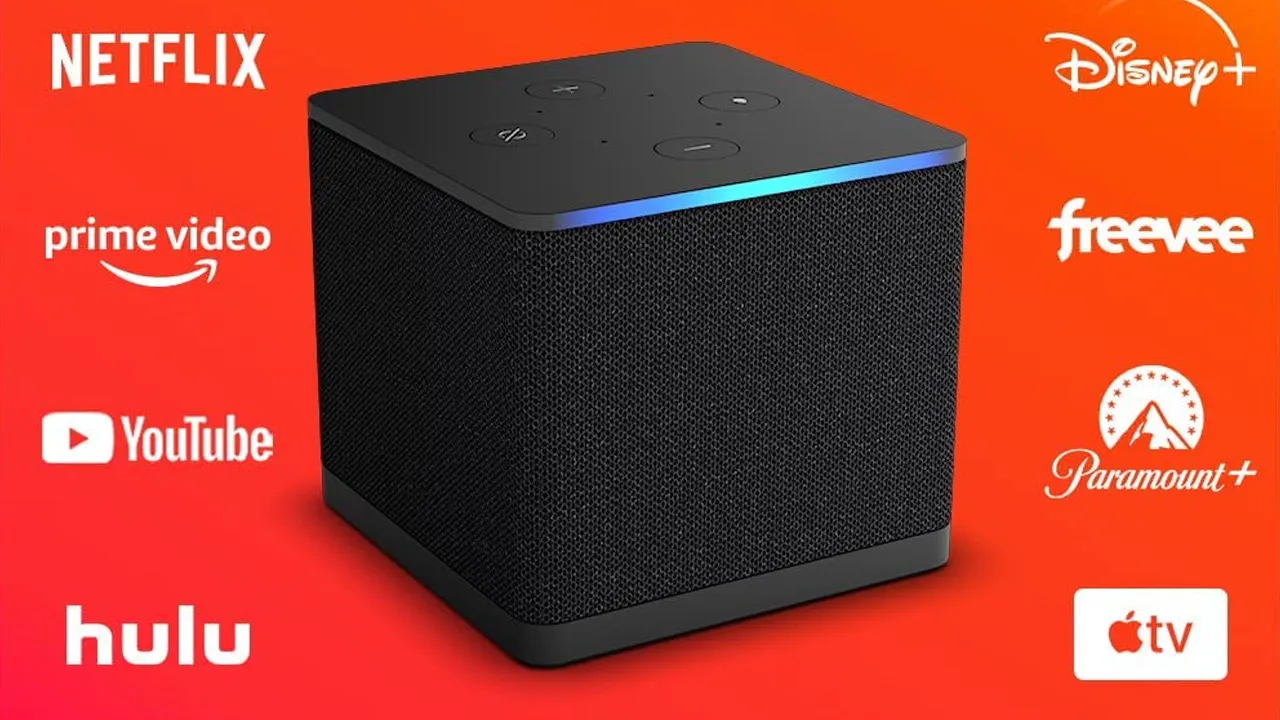So, do you want to start a smart home? It’s one of the coolest things to do if you love tech and automation. If you love sci-fi, then a smart home is a great thing to build.
Starting a smart home in 2024 is pretty simple really. You only need a few things to get started. However, choosing the right hardware is very important if you want to future-proof your smart home and not get locked into any ecosystem.
In this article, I’ll go over the essential hardware you should consider if you want to build your own advanced and affordable smart home system. And like I said in the title, this is beginner friendly. Let’s get started yea?
Smart home outline
Before you even start buying smart home hardware, you really need to think about what kind of stuff you want your system to do. Go into each room of your home and visualize what you would like to be automated and what you want to be remotely controlled. Once you do this, it’s easier to know what you need to buy to get things going. Things like which lights should be automated, should you get smart bulbs or smart switches etc.
A quick tip when it comes to choosing whether to use smart bulbs or smart switches. Your main lights should always be smart switches with regular led bulbs. Remember, we are going for affordable beginner stuff here. This way, no matter what, these main lights can always be controlled via the light switch. Any accent lighting such as floor lamps, desk lamps etc, should use smart bulbs. This way, those can be set for your colored accent lighting throughout your home. They can be controlled via voice, phone and hardware dimmer switches, which we will discuss in this article.
First, you need to choose a voice assistant ecosystem. The 2 popular choices are Amazon Alexa and Google Assistant. From my experience, Alexa has further along when it comes to smart home tasks and adding more complicated routine setups. But either of these 2 will be a great choice. Just choose one though as adding both would really be too much and confusing.
Both of these products can support numerous brands of smart home gear, however, in this guide, we will be separating voice command routines and automated routines. Both of these assistants don’t really handle a lot of routines very well. A lot of the time, when you have a lot of routines set up, more and more they just fail to run. This happend to me quite a bit so I decided to change things up. This brings us to the next portion of this setup guide.
Choosing a smart home Zigbee hub
If you are not familiar with Zigbee, please read our article on what it is and how it works. It truly is the best protocol in the smart home space, well until MATTER is released.
I highly recommend Samsung Smartthings as your Zigbee hub. It’s probably the most popular system on the market when it comes to smart home hubs. While the new hub is produced by Aeotec, the smart things platform is feature rich with its software. This is what I mainly use in my smart home as my main hub. With this hub, you can use other brand products like motion sensors, lights, switches, smart plugs, etc that can connect directly with the hub via Zigbee and run completely on a local network basis. This means you don’t have to rely on the cloud to run routines, just your local network. So if your internet goes out, well, your smart home will still operate as normal. The key is, to choose the right hardware.
Get the right smart home hardware
Now that we have our voice assistant and smart home hub, it is time to start choosing the remaining gear.
The Best Smart Plugs of 2024
I always start with smart plugs, because, if you choose the right ones, they can act as a repeater for the Zigbee signal. This makes your home Zigbee signal more reliable and creates a mesh network giving you max coverage. The best smart plugs I highly recommend are the Sonoff Zigbee Smart Plugs. These things are the best and I haven’t had 1 problem with them. I use these all throughout my home to really maximize Zigbee coverage.
Best Smart Light Switches of 2024
The next item on the list is smart light switches. I have tried so many over the years and finally settled on my favorite, the TP-Link Kasa Smart Light Switch. You can choose the regular on-off switch or a dimmer switch, both are excellent. Although these switches do not work as a repeater, they do work perfectly with the smart things platform and still give you manual control over their functionality.
If you know how to wire these suckers up go for it. If not, you better get an electrician. I was able to do these myself after watching some YouTube videos. It’s not that bad, but again, if you are not comfortable with house wiring, don’t attempt that shit, you could get killed or cause a fire. Get a professional.
Best Smart Bulbs of 2024
Let’s face it, there are a shit ton of smart light bulbs on the market. However, a lot of them are wifi based. Stay away from these, they suck, bad. Read about my comparison of these shitty wifi bulbs here. The best bulbs on the market are Philips Hue. There is no denying it, these fuckers are just awesome. They are a bit pricey but totally worth it. This is where the most cash goes when it comes to hardware.
You can choose between their white bulbs or full color (expensive). Remember, smart bulbs are mostly used for accent lighting. The colored bulbs are about $45 – $50 each and the white bulbs are about $15 – $20 each. A great place to get these bulbs locally is Home Depot. Now, to give you the best functionality with these bulbs, smart things do a great job. However, if you want more functionality like the addition of adding Philips branded dimmer switch and or the Lutron aurora, I’d pick up the Phillips hue bridge. But as mentioned, this is totally optional. For this guide, we will continue on without the hue hub.
Best Motion Sensors of 2024
Normally, I would choose the Philips Hue motion sensors. However, these can be a little expensive, coming in at around $40 bucks. I decided to deviate a bit and try another sensor from Third Reality. The THIRDREALITY Zigbee Motion Sensor is about $20 bucks and is pretty damn great. Best of all, it directly connects with smart things to give you local-controlled automations. This thing has an almost instant response time when motion is detected, which is hard to find. The only other sensor that I have tested that can get you this was the Philips hue sensor. Highly recommend this $20 sensor.
Setting up the smart home
Now that you have an idea of the essential hardware needed to get a starter smart home together, we will briefly discuss how to get all that shit set up.
First, you need to get your Alexa Echo device (or Google) connected to your home network and set up. Just follow the instructions that came with your device. Once up and running, you will need to set up the smart things hub. This is pretty easy, as it connects directly to your home router. This is a requirement, so be sure you have some room next to your router. Oh also, if you plan to add a lot of smart home hardware, you should really have a router that can push it all. If you are using some cheap router from your ISP or another router you bought for cheap, it probably won’t be able to handle what you will be throwing at it, so be sure to monitor. I do have a recommendation though. The TP-Link AX4400 is a badass little router that can handle over 240 connected devices with ease. I’d check out this article I wrote on this device as I currently use it for my home.
Once your smart things hub is connected to your network, you can then get it configured using their easy-to-use app for both Android and iOS devices. You will also need the TP-Link Kasa app on Android or iOS
Once you follow the instructions via the app and get it all set up, you can now start to integrate devices with your voice assistant. Some devices will require accounts. For instance, the light switches will require a TP-Link Kasa account. You will need these login credentials to link your accounts to Google, Amazon and Smartthings. There are a lot of guides on how to link so a simple google search will get those for you.
Now, once everything is linked, all you have to do is add devices. In this case, when you get a Kasa device, you add it to the Kasa app. Once done, smart things and your voice assistant will automatically detect it. If you add a Zigbee device such as the motion sensor and the light bulbs from Philips (or any other Zigbee bulb) you can add it directly in the smart things app. Once you do this, your voice assistant will automatically detect it. Once all your devices are added to your apps, you can start playing around with routines and automations.
I do have some great automations to try in my article 10 Best Smart Home Automations For Amazon Alexa. Even though its guide is mainly for Alexa, you can still use these ideas for whichever voice assistant you want.






